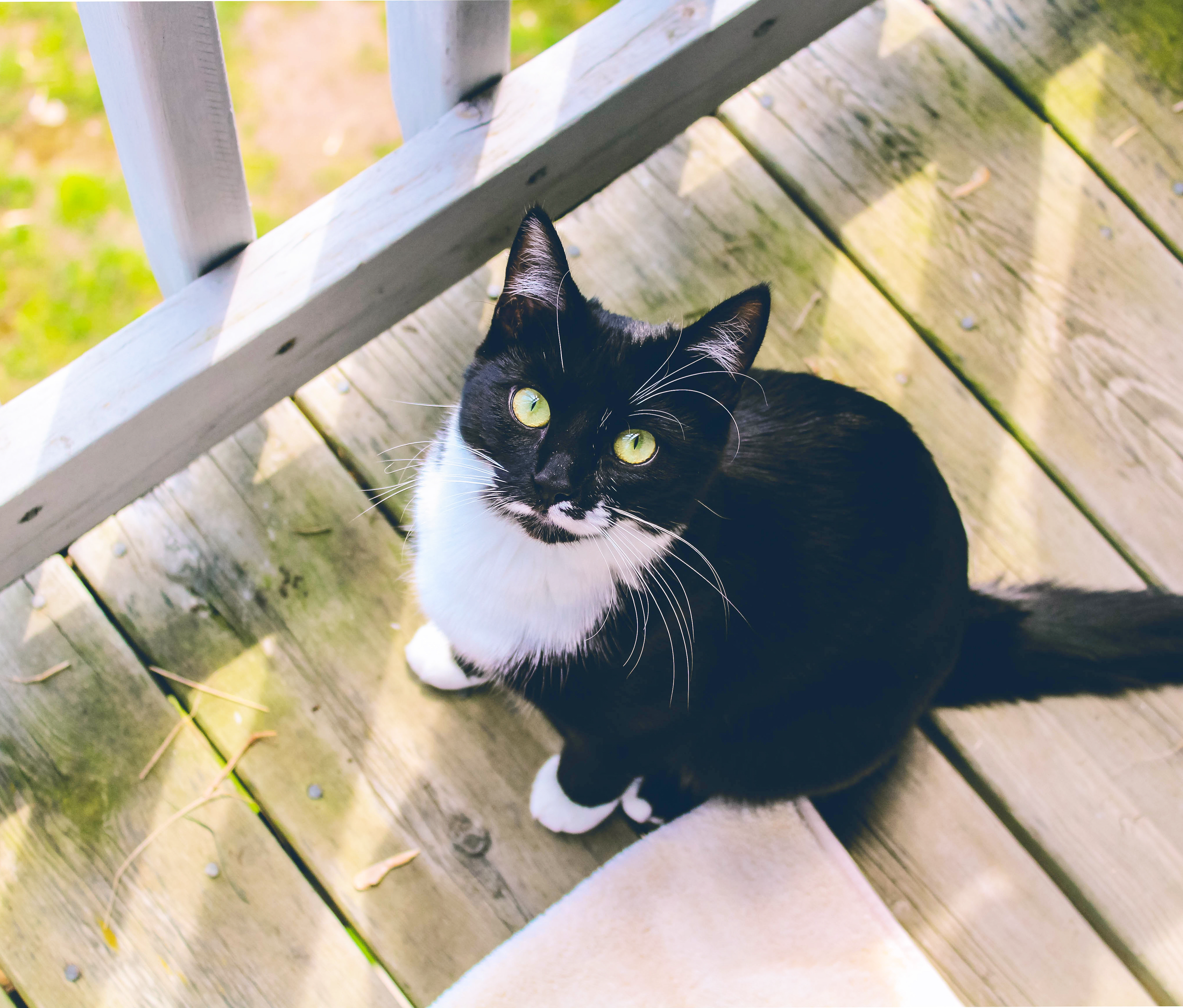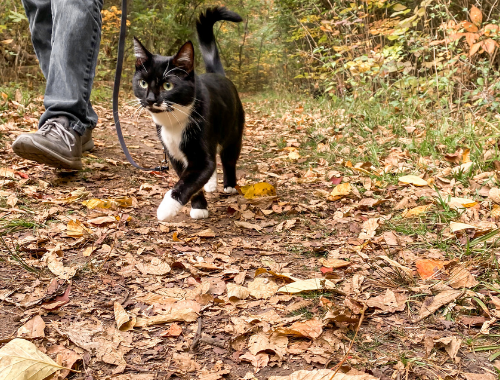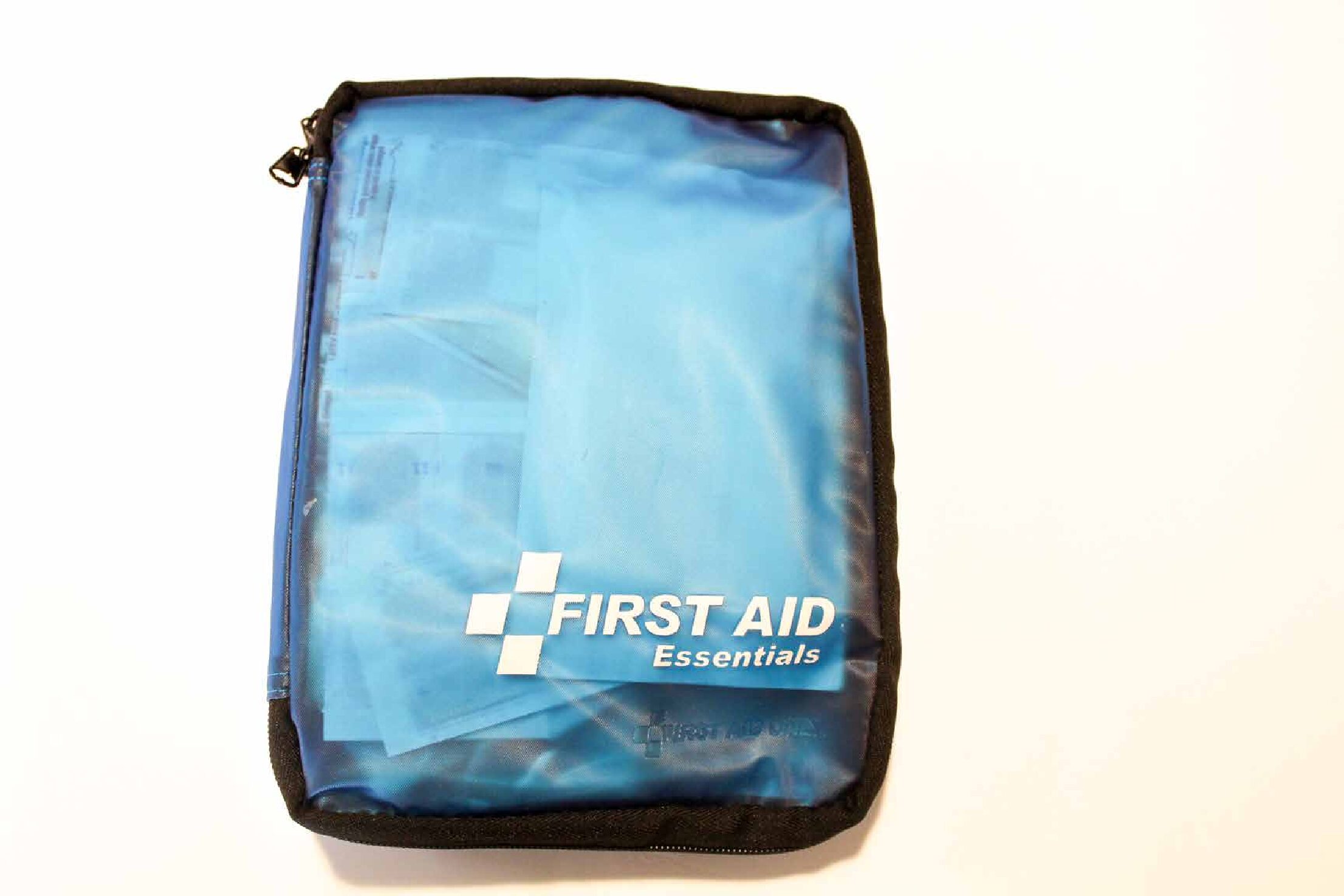
Dangers Your Cat Can Face In The Summer
During the summer months, the heat can sometimes be too much for our fur friends. We want to make sure they are comfortable and do not get overheated. The summer months can pose many threats to your cat in terms of their health, so it is good to make yourself aware of what these risks are, signs your cat is experiencing them, and how to make sure they get the help they need!
Risks during summer months:
-
Heat stroke/exhaustion:
-
What is it
- Cats cannot sweat like people do, and therefore are more prone to heat exhaustion, and eventually heat stroke, during summer heat. Their body temperature will rise significantly when they get too hot, and if it is not brought back down to normal values, it can lead to life threatening damage to their organs or even death.
-
Signs
- Heavy panting or breathing very quickly
- Acting restless, agitated, stretching out, or not being able to get comfortable
- Drooling a lot from either their nose, mouth, or both
- Uncoordinated when walking or very weak looking when trying to move
- Vomiting
- Glazed over/confused look in their eyes
- Fever and very hot to the touch. Cats temperature is taken rectally. Normal is between 100.5 – 102.5.
- Collapse/unconsciousness
-
What to do
- If your cat is beginning to show any signs of heat exhaustion or heat stroke, immediately get them to a cool or shaded area and keep them calm. Wet a towel to wipe them down, offer them lots of water (syringe feed if needed, but do so slowly so that they do not aspirate. Try giving just 1 mL at a time and make sure they swallow it all before giving more.), and if you have an ice pack or portable fan with you, use that too. It is best to bring them to a veterinarian for an examination as soon as you can to make sure everything is okay and there is no internal organ damage.
-
Prevention
- See our article on tips to keep your cat cool when out exploring.
-
-
Sunburn/Hot Spots
-
What is it
- Most common areas include the ears, nose, lighter color fur (whether that is all the fur on your cat or just some patches), or areas where your cat does not have as much fur. It is very important to prevent this, as sunburned areas can progress to skin cancer if not taken care of.
-
Signs
- Crusty/scaly/dry looking skin
- Red and irritated skin
- Itching/scratching affected areas
- Blisters – may or may not have discharge (blood, pus, clear oozy discharge, etc.)
- Scabs
-
What to do
- Take your cat to the vet to get checked out. There are different degrees of burns, and as they increase in severity, the treatment protocols differ. You may get a cream to put over the area if mild, but if severe could require extensive treatment and possible skin grafts.
-
Prevention
- Apply pet friendly sunscreen to ears, nose, and any other light-colored areas on your cat. This company makes sunscreen that is safe for both dogs and cats to use. You can get it in either a stick to apply, a mist spray, or wipes!
-
-
Dehydration
-
What is it
- Dehydration occurs when water intake is decreased or water loss is increased (from panting in the heat/sweating through their paws). Severe dehydration can lead to permanent damage to internal organs and may be life threatening.
- This can also occur if your cat has excessive or prolonged diarrhea or vomiting, which can come with stress of traveling or associated with other sicknesses.
-
Signs
- Skin tent test – pull a bit of skin up and and let go. Check to see how long it takes to settle back to normal. It should snap back almost immediately, so if it remains wrinkled after you let go, they are dehydrated.
- Sticky/tacky gums – lift up their lip and touch their gums. They should be pink and moist. If they feel sticky, they are dehydrated.
- Sunken eyes
- Lethargic/depressed mentation
- Increased heart rate
-
What to do
- If your cat is dehydrated, they should be taken to a veterinarian to get IV fluids to replenish their fluid levels and get their electrolytes balanced again.
-
Prevention
- Check out our article on tips to keep your cat hydrated.
-
We hope that this article helps you in identifying these risks for your cat, as well as prepare you in case you ever have to deal with these situations.
Note: This article is not all inclusive of things that can happen to your cat when outside in high temperatures. We recommend you talk to your veterinarian about other possible risks you can encounter. We also recommend you always take your cat to see your veterinarian if any signs of distress or sickness occur when outside.

MEET LEO
You May Also Like

How To Keep Your Cat Safe Outside
February 26, 2021
Adventure Cat 101: What to know before you go
May 8, 2020


2 Comments
Benji K Bengal
Such a timely article! Olivia_Bengal and I were just discussing whether cats needed sunscreen!
tailsofnoodle
That’s great! We definitely recommend if it out in the sun a lot! 🙂